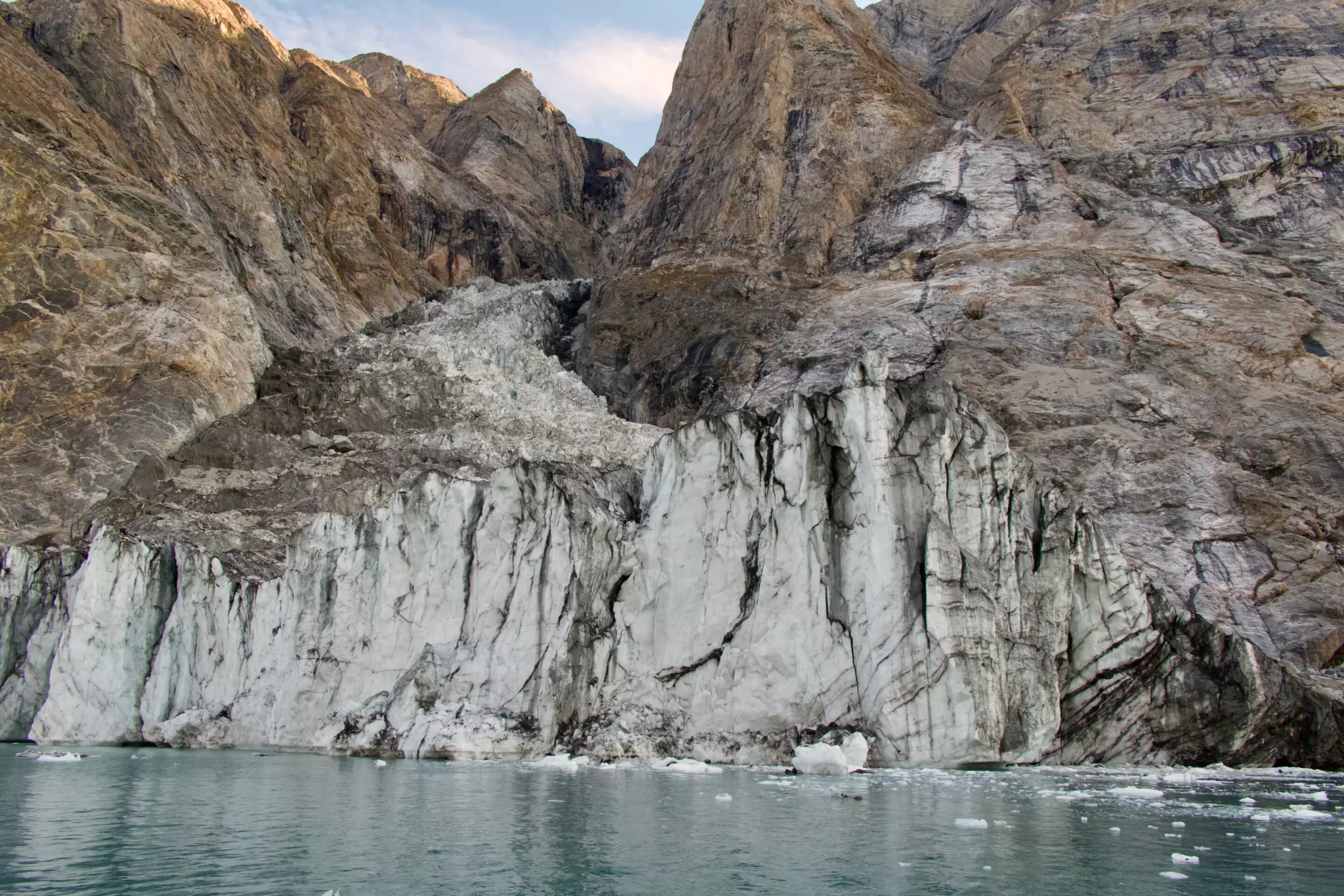In September 2023, scientists faced an unprecedented scientific puzzle when they detected a peculiar seismic signal that lasted for nine consecutive days. This unusual phenomenon, which initially left many experts baffled, has recently been attributed to a catastrophic landslide in an East Greenland fjord. The collaborative investigation, led by a diverse group of 68 scientists from multiple institutions globally, ultimately shed light on what appears to be an alarming consequence of climate change—a mega-tsunami triggered by glacial instability.
When the seismic signal first caught the attention of Earth’s scientists, it sparked widespread intrigue and speculation across the scientific community. Notably, the seismic tracings displayed a distinctive pattern that was considerably different from typical earthquake signatures, including a slow oscillation occurring at 92-second intervals. Furthermore, the duration of the signal raised eyebrows: unlike most seismic events that dissipate after a short time, this signal persisted, suggesting a unique underlying cause.
This unusual seismic activity coincided almost perfectly with reports of a massive landslide that occurred on September 16 in Greenland’s Dickson Fjord. In an effort to decipher the connection, experts leveraged a combination of seismic data, satellite imagery, and field measurements. The collective endeavor came to fruition, culminating in a significant study published in the journal *Science*.
The study revealed that what triggered the seismic waves was no ordinary landslide; it was a colossal collapse of more than 25 million cubic meters (approximately 33 million cubic yards) of rock and ice from the mountain into the fjord, inducing a mega-tsunami that reached staggering heights of approximately 200 meters (over 650 feet). This event unleashed a type of oscillation known as a seiche—a rhythmic sloshing of water within a confined space, which, in this instance, lasted a remarkable nine days, generating seismic waves that reverberated throughout Earth’s crust.
Kristian Svennevig, a geologist from Denmark, emphasized the collaborative nature of this scientific investigation, revealing that teamwork among international experts was critical to unraveling the mystery. The presence of interdisciplinary collaboration underscored how scientific woes can exceed individual capacities, highlighting the necessity for a broad range of perspectives in addressing complex phenomena.
The case of the Greenland landslide speaks volumes about the broader implications of climate change on Earth’s geological stability. As climate change exacerbates glacial melting, the process acts as a destabilizing factor for ice and rock structures high in the polar regions. The melting of the glacier at the foot of the mountain is a key instigator for such dramatic geological shifts, raising concerns about the increased frequency of similar landslides and their consequences.
Gabriel, one of the key scientists involved in the study, pointed out that climate change is not merely altering temperature and weather patterns but is genuinely reshaping geological landscapes. The cascading hazards presented by rapid melting in polar regions pose serious threats not only to local biodiversity but also to human infrastructure and safety—illustrating a dire need for increased monitoring and awareness.
While the recent landslide and tsunami did not result in human casualties—localized research stations were the primary victims, suffering damages worth around $200,000—the event poses larger concerns for navigation in polar regions. The Dickson Fjord lies near popular shipping routes for cruise liners, indicating potential dangers not just to landscapes but to tourism, an industry increasingly reliant on polar expeditions.
Historical parallels remind us that previous landslides, such as the Karrat Fjord incident in 2017, resulted in severe consequences, including casualties and destruction of property. Therefore, the Greenland event serves as a hybrid of an environmental warning and a scientific catalyst, encouraging further inquiries into both historical and ongoing seismic activities.
The collaborative research has not only provided insights into the recent chains of events but has also ignited a renewed interest in analyzing past seismic data to identify potential overlooked events. There is a greater imperative to systematically investigate the connection between climate-related changes and geological phenomena, especially in areas vulnerable to such hazardous transitions.
As the world grapples with the implications of a warming climate, the findings from this study underscore the crucial need for increased monitoring efforts. Continuing to engage interdisciplinary teams in researching geological phenomena offers hope for better preparedness in facing inevitable environmental shifts. Thus, while the landslide has presented a new set of questions for geoscientists, it represents an urgent call to action in safeguarding future human interests against Earth’s ever-evolving nature.

